Even before humans evolved into the form that we know today, they were battling viruses. Vaccines and antiviral medications have helped prevent some viral infections from spreading, and have helped people recover from several viral infections. Our ability to eradicate smallpox has allowed us to eradicate new cases of the disease.
However, we are still far from winning the war against viruses. Several viruses have jumped from animals to humans in recent decades, triggering large outbreaks that have claimed thousands of lives.
Yet, other viruses can be just as deadly, if not more so. A few viruses pose a greater threat to public health than the novel coronavirus, including the novel coronavirus currently causing outbreaks worldwide. But we do not yet have the means to combat such viruses.
The 10 most deadliest viruses in the world
Humans have been fighting viruses long before our species even evolved into its modern form.
Here are the 10 most deadliest viruses in the world, based on the likelihood that a person will die if they are infected with one of them, the sheer numbers of people they have killed, and whether they represent a growing threat.
1. Marburg virus
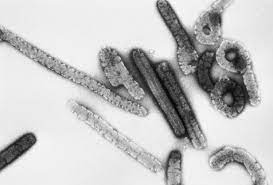
In 1967, scientists identified the Marburg virus after small outbreaks among lab workers in Germany were exposed to infected monkeys imported from Uganda. Marburg virus is similar to Ebola in that both can cause hemorrhagic fever, which means infected people suffer high fevers and bleeding throughout their bodies, which can cause shock and organ failure.
2. Ebola virus
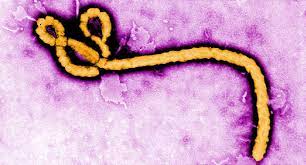
A human Ebola outbreak occurred simultaneously in Sudan and the DRC in 1976. Blood and other body fluids, as well as tissues from infected people or animals, can spread Ebola. Elke Muhlberger, an Ebola virus expert at Boston University and an associate professor of microbiology, told Live Science that the known strains vary dramatically in their timeliness.
Ebola Reston is a strain that doesn’t even make people sick. However, the Bundibugyo strain has a 50% fatality rate, and the Sudan strain has a 71% fatality rate, according to WHO.
3. Rabies
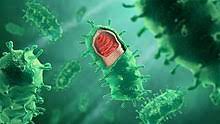
Infected animals spread the Rabies virus to people through their saliva. A bite usually transmits the rabies virus. In the United States, bats, coyotes, foxes, raccoons, and skunks are the most likely to transmit rabies.
Even though rabies vaccines for pets were introduced in the 1920s, this condition remains an issue in parts of India and Africa today.
4. HIV
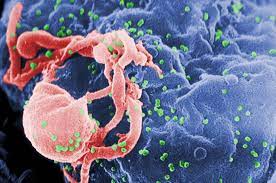
HIV may be the deadliest virus of all in the modern world. Infectious Disease Society of America spokesman Dr. Amesh Adalja says it is still the biggest killer.
Since HIV was detected in the 1980s, 32 million people are estimated to have died. According to Adalja, HIV is the infectious disease that causes the greatest harm to mankind at the moment.
Antiviral drugs have enabled people to live with HIV for years. Nevertheless, 95% of new HIV infections occur in low- and middle-income countries. More than two-thirds of people living with HIV in the WHO African region are HIV-positive.
5. Smallpox
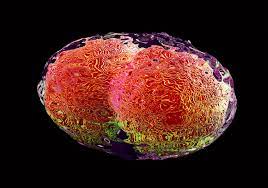
The World Health Assembly declared the world smallpox-free in 1980. Thousands of years ago, however, humans battled smallpox, which killed about one in three people who were infected. Survivors were left with deep, permanent scars and often blindness.
Death rates were much higher in populations outside of Europe, where people had little contact with the virus before visitors introduced it.
6. Hantavirus

An American couple in the Four Corners region died within days of presenting with shortness of breath following an investigation of the Hantavirus pulmonary syndrome (HPS). Health authorities identified hantavirus from an infected resident’s deer mouse a few months later.
The Centers for Disease Control and Prevention report that more than 600 Americans have contracted HPS, and 36% have died from the disease.
7. Influenza
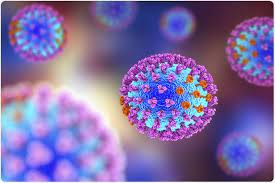
According to WHO, up to 500,000 people worldwide will die from influenza during a typical flu season. Occasionally, a new strain of flu emerges. During a pandemic, diseases spread faster and mortality rates are often higher.
In 1918, the Spanish flu pandemic, sometimes referred to as the most deadly flu pandemic, sickened up to 40% of the world’s population and killed 50 million people.
8. Dengue: Most deadliest viruses in the world
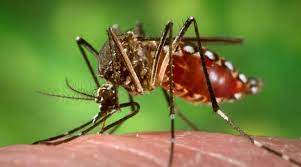
The dengue virus first appeared in the Philippines and Thailand in the 1950s. Since then, it has spread throughout tropical and subtropical regions of the globe. About 40 percent of the world’s population now lives in areas where dengue is endemic, and as the world warms, the disease – and the mosquitoes that carry it – will spread farther.
According to WHO, dengue sickens 50 to 100 million people a year. Even though dengue fever has a lower mortality rate than some other viruses, at 2.5%, it can cause a condition similar to Ebola called dengue hemorrhagic fever, which can cause death if left untreated.
9. Rotavirus: Most deadliest viruses in the world
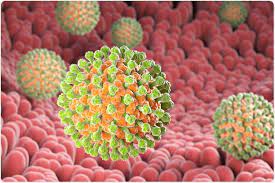
To protect children from rotavirus, there are now two vaccines available. Infants and young children are most likely to suffer from a severe diarrheal illness from this cause. Through a process referred to as the fecal-oral route, the virus can spread quickly.
In developed countries, rotavirus is rarely fatal to children. Rehydration treatments are not readily available in developing countries where the disease is endemic.
10. MERS-CoV: Most deadliest viruses in the world
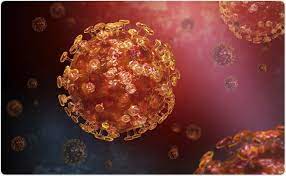
In 2012, Middle East respiratory syndrome, or MERS, spread from Saudi Arabia to South Korea during its outbreak. Similarly, the MERS virus originates from bats, and it is believed to have been acquired from bats alongside SARS-CoV and SARS-CoV-2. Infected humans experience fever, coughing, and shortness of breath after contracting the disease from camels.
Also Read: Top 10 Most Dangerous Airports in the World

2 Comments